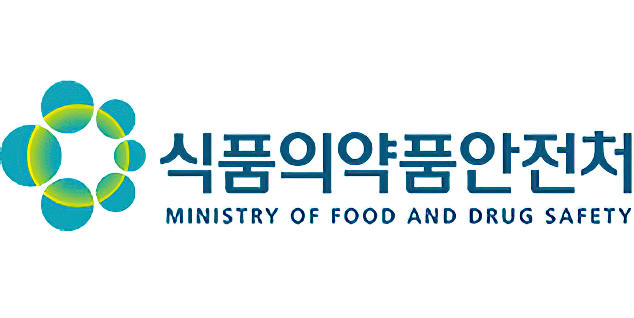
On September 25, the Ministry of Food and Drug Safety (MFDS) of the Republic of Korea issued Notice No. 2024-53 to revise parts of the on-site hygiene assessment methods and standards for imported foods produced under license, with the following main contents:
1. Improve hygiene assessment cycle to reflect the characteristics of each item: Overseas food hygiene assessment organizations conduct hygiene assessment once every 2 years (except for substandard imported food and special nutritional food for infants and toddlers, formulas for growing up, and food for infants and toddlers, which are subject to hygiene assessment once every 1 year) and, according to the characteristics of each item such as the production environment and the hazards of the process, hygiene assessment of food utensils, containers, and packages is The cycle is improved to three years.
2. Improve the effectiveness of preferential measures for hygiene assessment: If the results of the last hygiene assessment conducted by an overseas food hygiene assessment organization on a production plant outside China (in the case of a local hygiene assessment only) are appropriate and the total score is 95% or above, the cycle of hygiene assessment may be extended to three years, in which case the extended cycle (one year) will include the case where the operator conducts the hygiene assessment on his/her own, including The operator requires the production equipment and operators of overseas production factories to carry out hygiene evaluation, so as to improve the effectiveness of the preferential measures of hygiene evaluation and enhance the operator's ability to carry out autonomous hygiene management.
3. Enhance import inspection and clarification of measures to be taken in case of non-compliance: Since measures related to enhanced import inspection and on-site inspection in case of non-compliance (less than 70% or more than one) are not specifically provided for, the proposed draft amendment clarifies the measures to be taken in case of non-compliance by clarifying the targets of enhanced import inspection and on-site inspection.